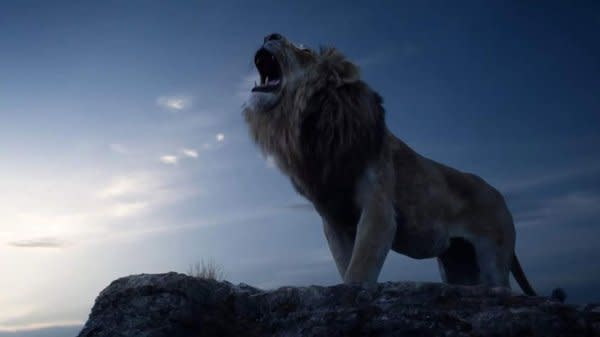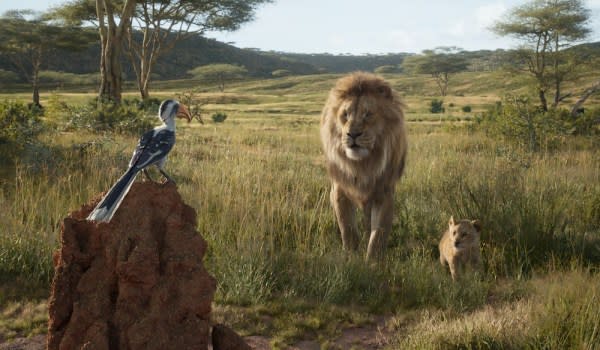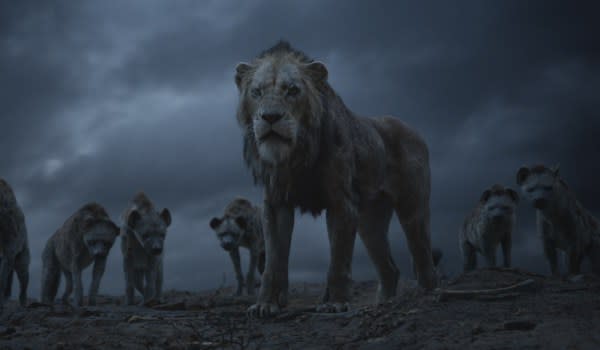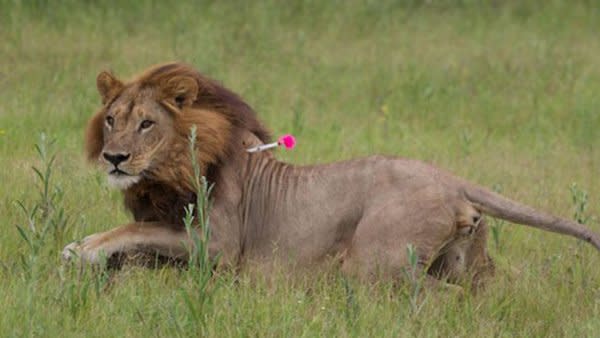Why are lions the king of the Serengeti, like in ‘The Lion King’?
The Lion King is a story about the succession of royalty in the Pridelands, an African savanna that is inhabited completely by animals. The lions are clearly the rulers of this idyllic paradise, so the battle to be the next king of the Pridelands is purely between the lions. But oddly, none of the other animals ever seem to object to the lions ruling over them all – even though the elephants are bigger and stronger, the giraffes are taller, and the wildebeests are devastating when they’re stampeding.
So what exactly makes the lions the king of the jungle, even though there are other animals which are clearly more powerful than them? The Popping Post has done a careful analysis of why exactly lions are king of the jungle.
1. Adult lions have no natural predators

The Lion King. Credit: Golden Village Cinemas
As young cubs, lions do have some predators to fend off – hyenas, leopards, and jackals for instance. But once they’re fully grown, they surpass all the predators of their youth as they reach weights of up to 500 pounds (that’s 227 kg) and reach the top of the food chain. An adult lion has no natural predators – it can literally eat any other animal for dinner, before going back to sleep for the rest of the day (more on that later).
Sharp-eyed readers will have noticed that adult lions have no natural predators – but that doesn’t mean it has no predators, right? Well, adult lions do have one predator – human beings. While we may not eat lions per se, humans do like to hunt lions for sport… so much so that the African lion is now an endangered species.
2. Lions have massive, massive homes

Zazu, Mufasa and Simba in The Lion King. Credit: Walt Disney Studios
Unlike humans, animals don’t really build their homes. Instead, they claim different areas as their territory – by peeing on important landmarks or rubbing their scent all over the place. Lions are no different, and they mark their territories in the scrub, grasslands or open woodlands the same way. They roar to show their dominance over a certain territory, and their roar is so powerful it can be heard up to 5km away!
But what’s really amazing is how large their territories are. They can wander a territory of up to 100 square miles (259 square kilometers)! For reference, Singapore’s land area is 721.5 km², so that means we could sort of host a grand total of three lion prides in our country.
Can you imagine owning a 259 km² piece of land? Why, you’d be royalty, just like Simba in The Lion King.
3. Lions sleep between 15 to 24 hours a day

Scar in The Lion King. Credit: Walt Disney Studios
The sleep habits of lions differ between genders, with male lions spending 18 to 20 hours a day in slumber, while lionesses sleep between 15 to 18 hours daily. Lions are also susceptible to food comas – after a heavy meal, a lion can even sleep through an entire day! If you thought catnaps were short, you’ve never seen a big catnap.
That works out to be between 15 to 24 hours a day! While lions spend that amount of time sleeping, humans spend that amount of time awake. Think about it – we mostly get 0 to 9 hours of sleep (looking at you, sleep-deprived interns), and spend the rest of our time working or running errands. If you get to sleep as much as you want, even up to 15 hours, that probably means you don’t have to work. That probably means you’re a king (or a prince, at least).
No wonder the lion is the king of the jungle.
4. Their mane looks incredibly regal

A lioness with a mane. Credit: Nova
Just look at that thick golden fur around a lion’s face and tell me it’s not impressive. Usually, male lions are the ones with manes, but female lions have been known to sprout manes too. And you can hardly tell the difference between a male and female lion when they’ve both got manes – because their manes are the main thing you look at.
You can’t deny that their manes look like crowns (if animals wore crowns around their faces), because it imbues lions with a sense of awe and majesty. Although beauty is only skin-deep (or in this case, fur-deep), it certainly makes a difference when it comes to the king of the jungle!
5. Lions behave just like human kings
When all’s said and done, lions behave just like human kings. They have huge swaths of land, incredible amounts of power, and they sleep all day long. But instead of having to maintain a pesky government and pacifying the plebeians of their kingdom, lions kind of just do whatever they want. No wonder Simba can’t wait to be king in The Lion King – we’d want that sort of life too!
The Lion King. Credit: Golden Village Cinemas
If you’re anything like Simba, then we’re betting you just can’t wait to watch The Lion King! This year’s live-action remake of the classic 1994 animated film features animals so real that you can just reach out and touch them. The Lion King boasts incredible, photorealistic CGI animals that showcase just how far Disney’s animation technology has come. But it’s not just the visuals that look amazing – the voice cast of The Lion King features heavyweights like Donald Glover (Simba) and Beyonce (Nala), with James Earl Jones reprising his role as Mufasa from the 1994 movie.
Are you ready to join Simba on his journey to be The Lion King?
Credit: Nova, Golden Village Cinemas
Follow The Popping Post on Facebook and Instagram for more fun and exciting reads!
The post Why are lions the king of the Serengeti, like in ‘The Lion King’? appeared first on The Popping Post.


